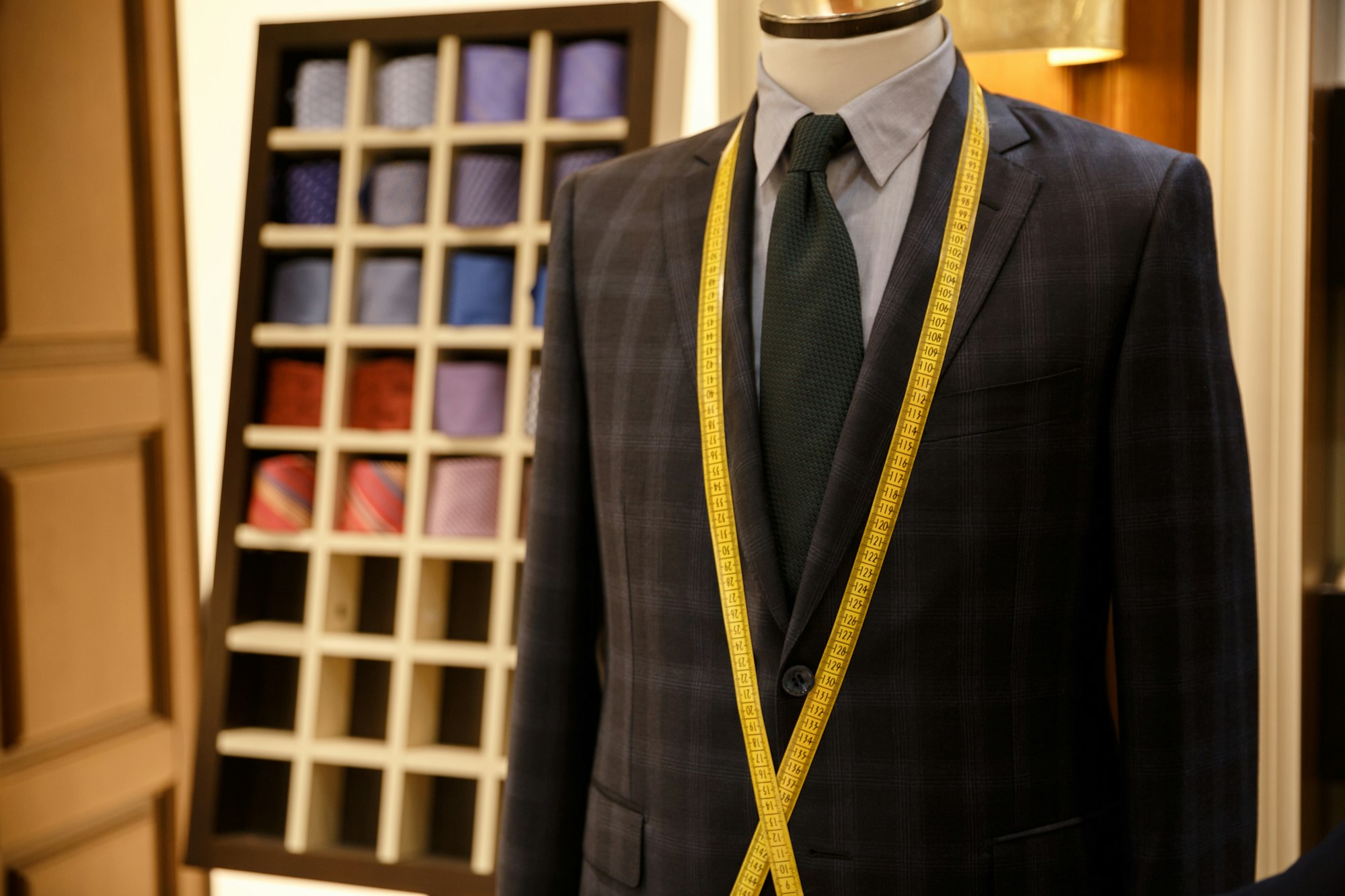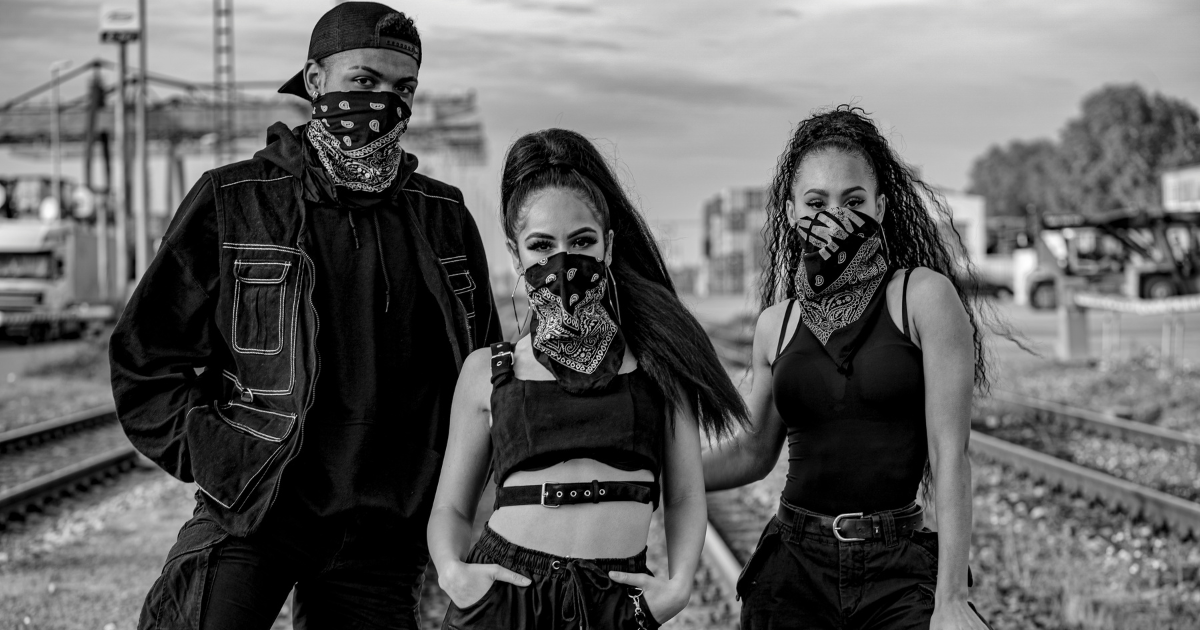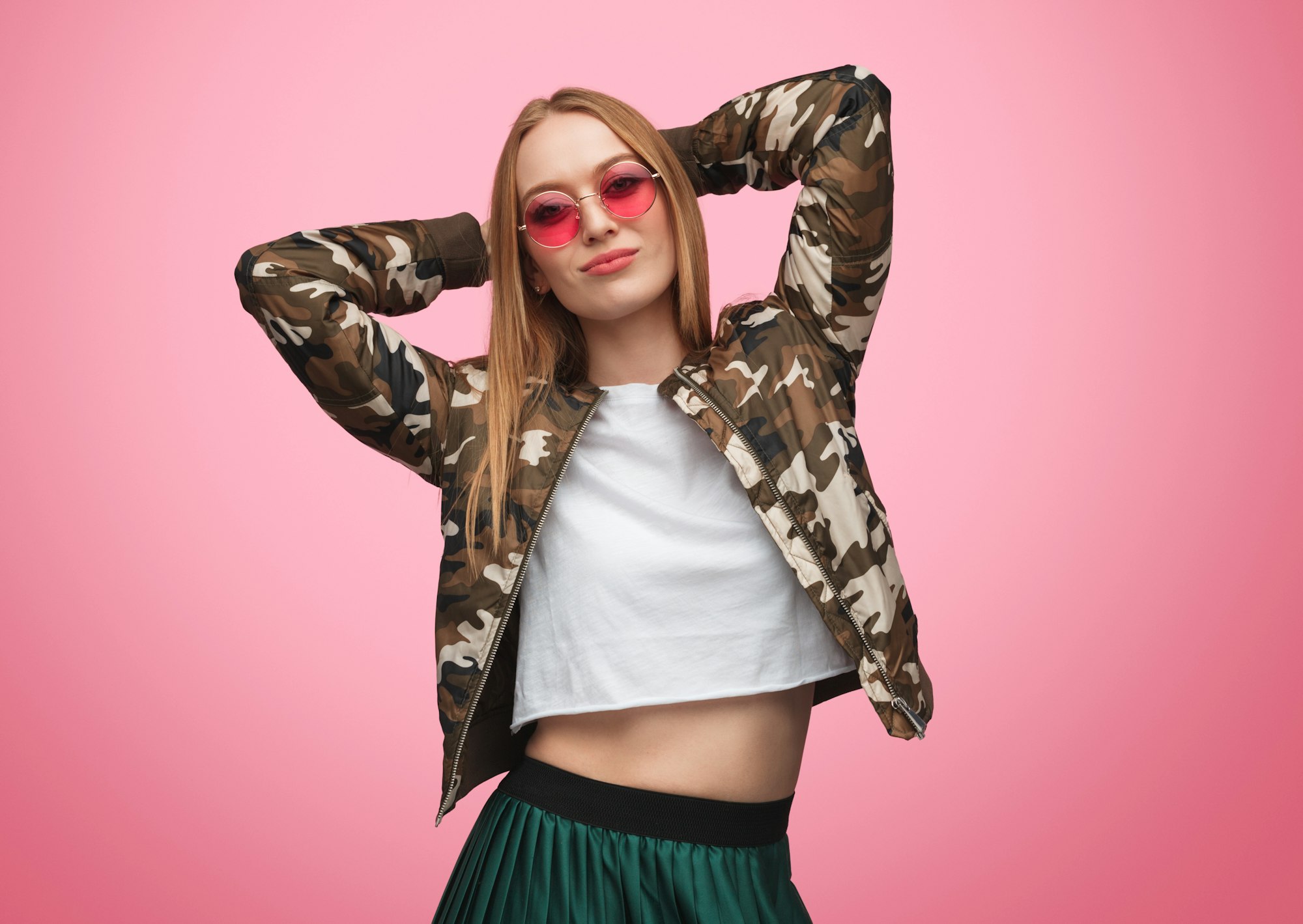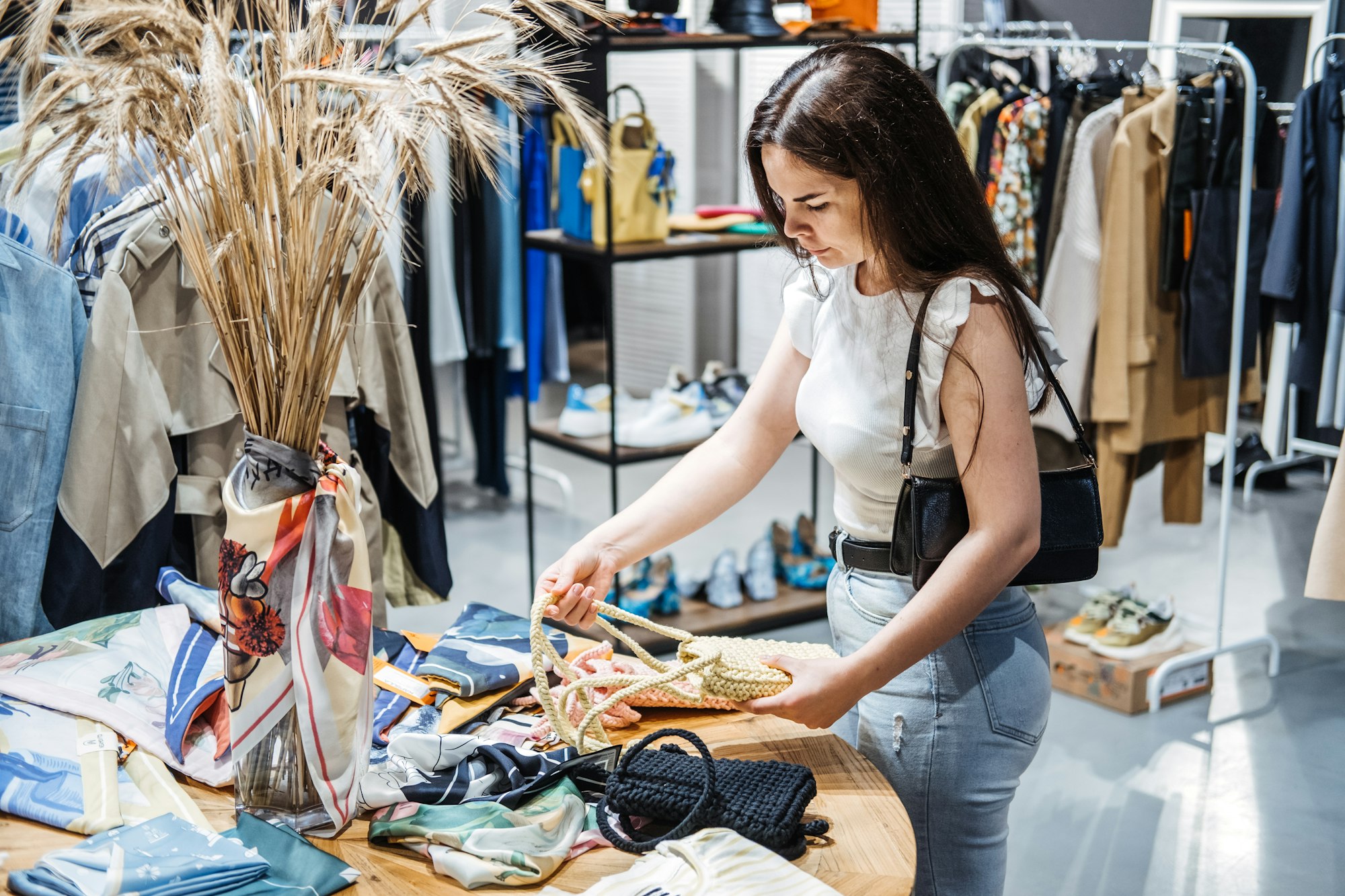Men’s suits played a prominent role in the history of fashion industry with its evolution from the Regency era to the modern day, reflecting sophistication and versatility. This article will explore its adaption throughout the era from environmental adaption, technological advancement, comfortability, music, trends, societal norms, and culture
REGENCY ERA
In the Regency era, Beau Brummell, the English dandy, was the first menswear influencer whose power was exerted over the minds or behavior of the entire population and started the sartorial trend. His main motive was to simplify men’s fashion wear, which declines the use of tailcoats, frilled linen shirts, silk stockings, knee breeches, a waistcoat with embroidery and pattern, a long coats and encourages the use of long trousers, boots, buckskin, knotted cravats, plain immaculate linen shirts, and dark coats. He is also remembered for his participation in the “Great Male Renunciation” a fashion revolution that has changed men’s approach towards not using vibrant colors and emphasizing shapes and variety. He has also provided materials for ample books, short stories, films, etc. To illustrate this point, Brummel’s work on the 1954 film adaptation stars Stewart Granger and Elizabeth Taylor. Prince Regent (later George IV), a really good friend to Beau Brummel, was influenced by his idea of attention to detail and emphasis on tailoring. Prince Regent has popularized the use of luxurious fabrics and rich embroidery

VICTORIAN ERA
In the Victorian era, Suits constituted a paragon for men’s fashion. The art of tailoring became more specific, with attention to detail and craftsmanship, and followed the ideology of Brummel. The frock coat became popular and was considered an article of standard clothing for gentlemen. Prince Albert brought to prominence the modern business suit comprised of trousers, jacket, and tie and his significant effect in the development of starched collars and cuffs. The Morning coat, a shorter version of the frock coat, became acceptable. They were not regarded as a formal coat but they were worn with matching trousers. During this period, industrialization took place, preeminent to the introduction of the sewing machine. As a result of industrialization and the arrival of the sewing machine, the middle class profited, and the suit became a standard article of clothing across all classes. Due to mass production, suits became readily attainable to everyone, and the use of machines reduced the cost of the product. It also caused the introduction of ready-to-wear suits which eliminated the requirement for customization and tailoring, making it more advantageous and affordable for the masses

EDWARDIAN ERA
Edwardian style was a shift towards more comfortable and relaxed fashion. Due to the rise in sports and outdoor activity, heavy and earthy tones materials were used to compensate for the lack of heating and pollution in the countryside. King Edward VII’s approach towards fashion was modern, luxurious, stylish, and comfortable. He originated cuff by rolling up or turning up trousers to keep one’s trousers away from dirt, He also superseded the starch collar with a softer and relaxed one, and wider lapels were superseded with slim and narrow tailored lapels. Due to International travel which led to exposure to different cultures and countries that is the rise of tropical and colonial styles, the increased interchange of materials between Britain, America, and Europe led to a blend of fashion, and ideas.

WAR AND POST-WAR ERA
After World War 1, The suit had a strong military dominance, trousers transformed from slim fit to wider fit, and single-breasted jackets with wide notch lapels were also mainstreamed and were seen in vogue, for instance, F. Scott Fitzgerald’s Classic (the Great Gatsby) published in 1925. Music had a great impact on fashion, during the 1920’s The popularity of jazz increased which enabled designers to design suits with much more space so it would be easy to dance. Double-breasted jackets became a statement during the jazz era and legendary jazz musicians like Louis Armstrong and Duke Ellington were fashion trendsetters, tighter pants (flashy colors) and loose jackets made their comeback because of it. In the 1930s high rise pants, waist compression, and wide shoulders which elaborate masculine silhouettes and drape suits started to get popular. In the 1940s, the Second World War resulted in a shortage of materials which enabled to creation minimalistic style. In the 1960s personalities around the world like the Rock band Beatles and its Sullivan jacket (black wool with upper half winged lapels in black velvet) and politicians such as Pandit Jawaharlal Nehru and its jacket known as Nehru Jacket (waistcoat) were popularized.

MODERN DAY
The Slim suit made its comeback in the 2000s, and still, it has its significance; however, the jacket is more concise nowadays comparatively, and the suit does not have the same impact as a formal attire as it used to have; it is a versatile clothing item. Today, the suit is competent to experiment with different textures, materials, embroidery, diverse silhouettes, etc. The major influences in today’s world are celebrities, influencers, social media platforms, etc. Fashion nowadays is a personal expression of how one wants to represent themselves; suits can range from plain black and white suits to extraordinary suits. For instance, Ranveer Singh, a Bollywood Actor expresses his style in his variety of suits, experimenting with different textures, colors, fabrics, and silhouettes.
The suit has evolved while maintaining its core elegance and charm. The diversity in men’s suits is immense; it directly represents the individual style. Contemporary trends are a mix of classic and modern trends. The modern suit is not limited to offices, business meetings, and courts but is regarded as a versatile garment that can be styled for various occasions.
Author Name: Sania Syed

















